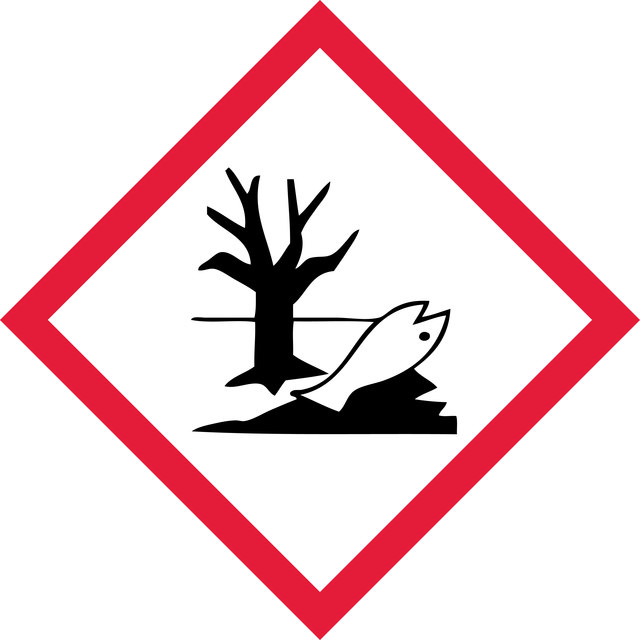ECM509
QCM Chemotaxis Cell Migration Assay, 24-well (8 µm), fluorimetric
The QCM 24-well Migration Assay is ideal for the study of chemotaxis cell migration. The assay uses a 24-well plate with an 8 micron pore size, with fluorescent detection.
Synonym(s):
cell migration assay, fluorometric chemotaxis assay
Select a Size
About This Item
Quality Level
species reactivity (predicted by homology)
all
manufacturer/tradename
Chemicon®
QCM
technique(s)
activity assay: suitable
cell based assay: suitable
detection method
fluorometric
shipped in
wet ice
Application
Cell Structure
The CHEMICON QCM 24-well Migration Assay is intended for research use only; not for diagnostic applications.
Packaging
Preparation Note
Other Notes
Cell Detachment Solution: (Part No. 90131) One bottle - 16 mL.
4X Cell Lysis Buffer: (Part No. 90130) One bottle - 16 mL.
CyQUANTâ GR Dye1: (Part No. 90132) One vial - 75 μL
Forceps: (Part No. 10203) One each.
Legal Information
Disclaimer
Signal Word
Danger
Hazard Statements
Precautionary Statements
Hazard Classifications
Aquatic Acute 1 - Aquatic Chronic 2 - Eye Dam. 1
Storage Class Code
10 - Combustible liquids
Certificates of Analysis (COA)
Search for Certificates of Analysis (COA) by entering the products Lot/Batch Number. Lot and Batch Numbers can be found on a product’s label following the words ‘Lot’ or ‘Batch’.
Already Own This Product?
Find documentation for the products that you have recently purchased in the Document Library.
Related Content
"Recognizing both the tremendous opportunities and the challenges facing cancer research, we are dedicated to developing and refining tools and technologies for the study of cancer. With our comprehensive portfolio, including the Upstate®, Chemicon®, and Calbiochem® brands of reagents and antibodies, researchers can count on dependable, high quality solutions for analyzing all the hallmarks of cancer."
Cell migration is stimulated and directed by interaction of cells with the extracellular matrix (ECM), neighboring cells, or chemoattractants. Cell migration participates in morphogenic processes, wound healing and tumor metastasis. Specifically, inhibiting tumor invasion by blocking tumor cell chemotaxis has been a major focus of research. Tumor cell invasion, marked by degradation of ECM, is also directly correlated with metastatic potential.
"The successful, reliable culture of epithelial cells is critical for many areas of research, including dermatology, respiratory research, and cancer research. Because the breakdown of control mechanisms in epithelial cells is a frequent contributor to cancer progression and metastasis, epithelial cell culture is particularly important for cancer research. EpiGRO™ media formulations are optimized to provide better viability, proliferation rates, morphology and culture stability than other commercially available options. The media are provided in unique, light-blocking, temperature-monitored packaging to ensure stability and protect the media from damage by light, contamination, and excessive heat. The media do not require or contain any antimicrobials or phenol red. These components can cause cell stress and influence experimental results by masking the true performance or health of the cell culture. Phenol red acts like an estrogen and may stimulate growth independently of experimental variables. "
Our team of scientists has experience in all areas of research including Life Science, Material Science, Chemical Synthesis, Chromatography, Analytical and many others.
Contact Technical Service
